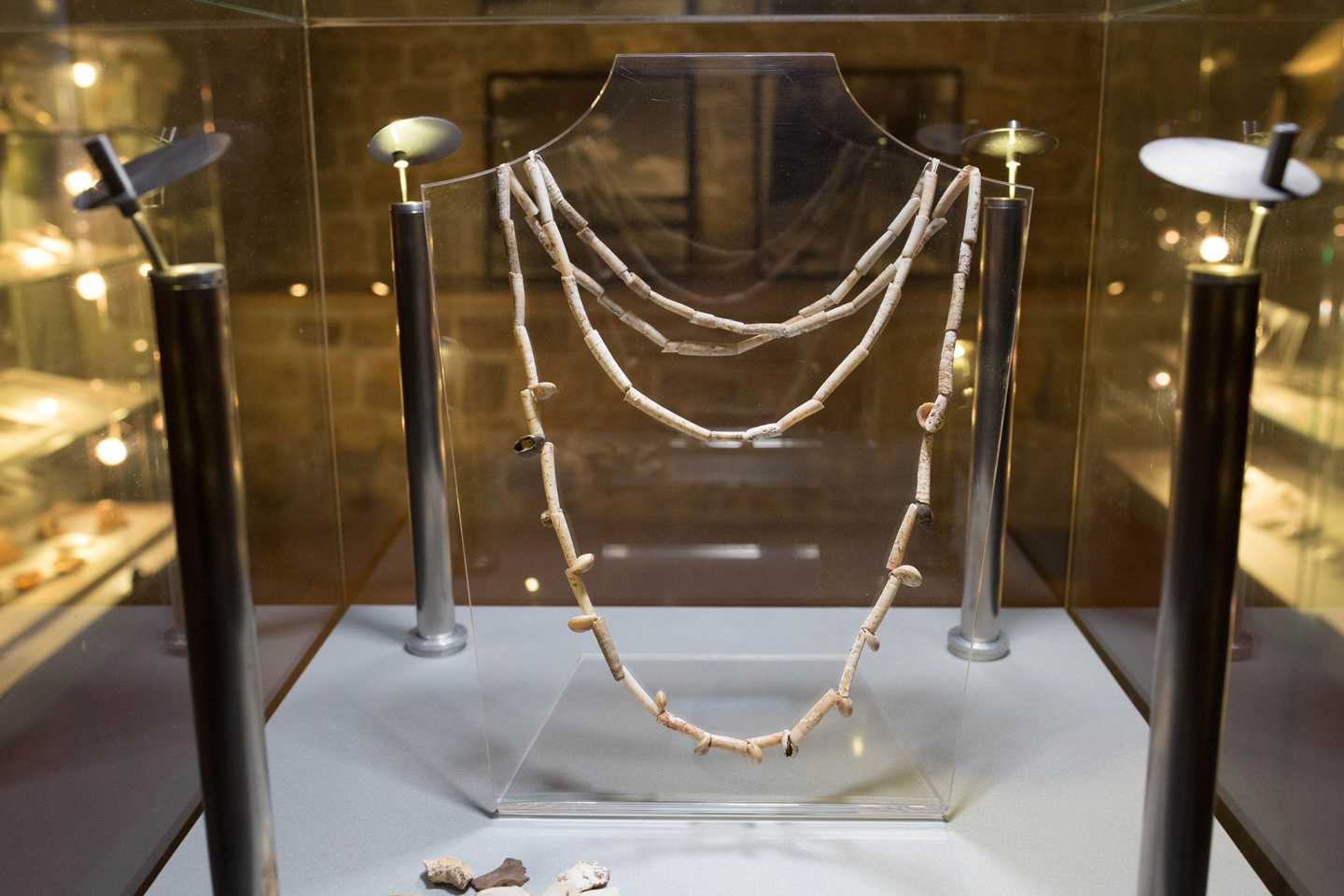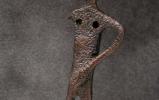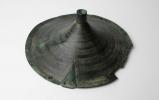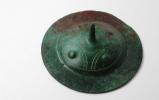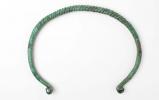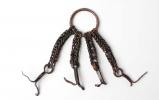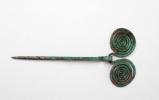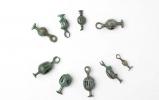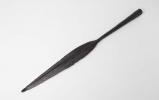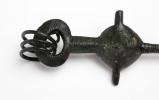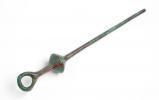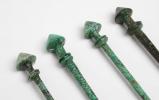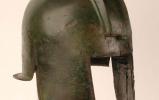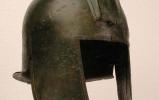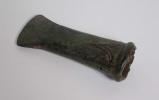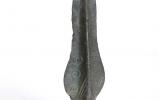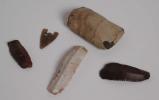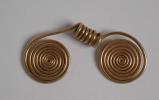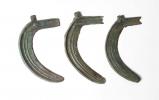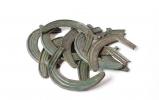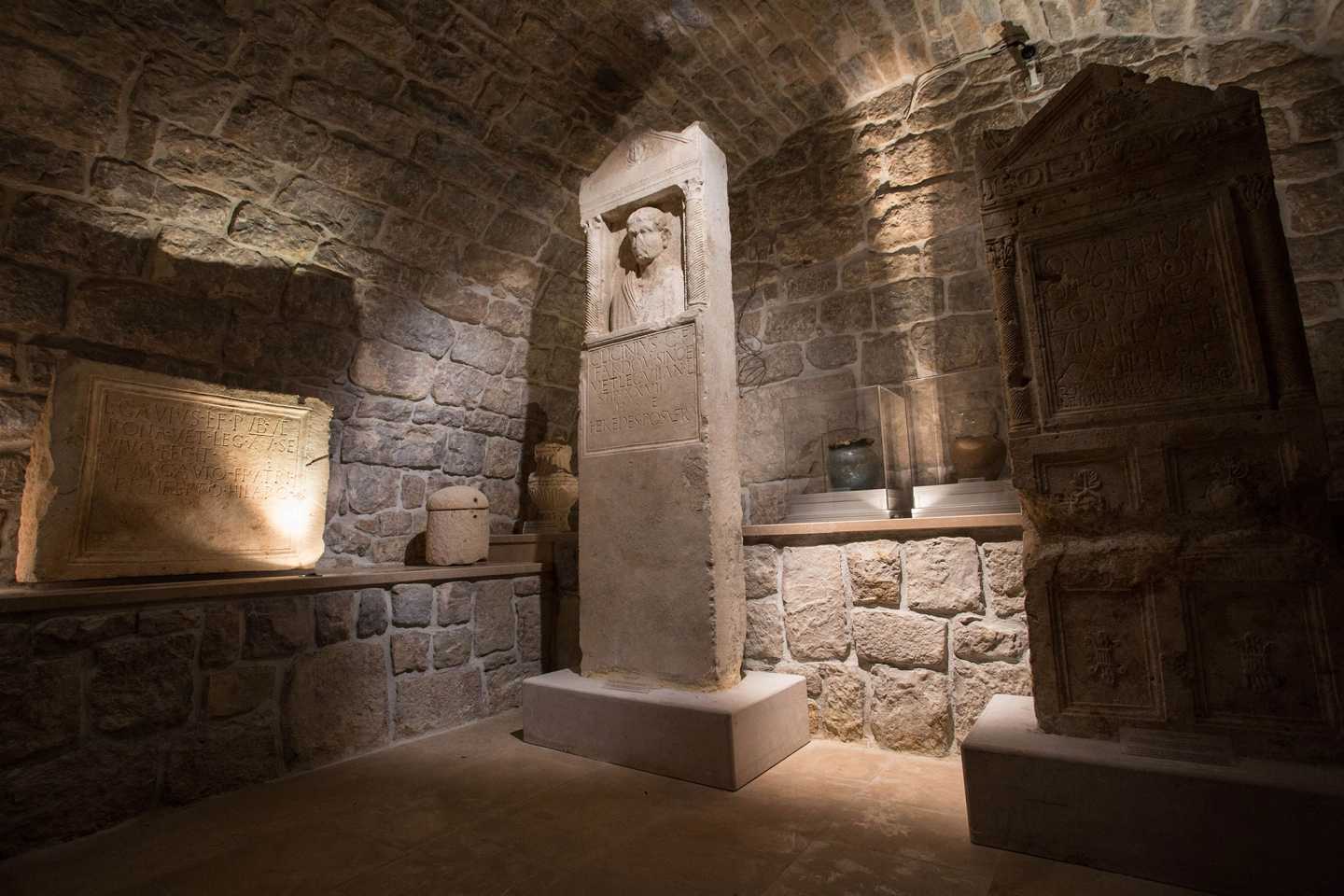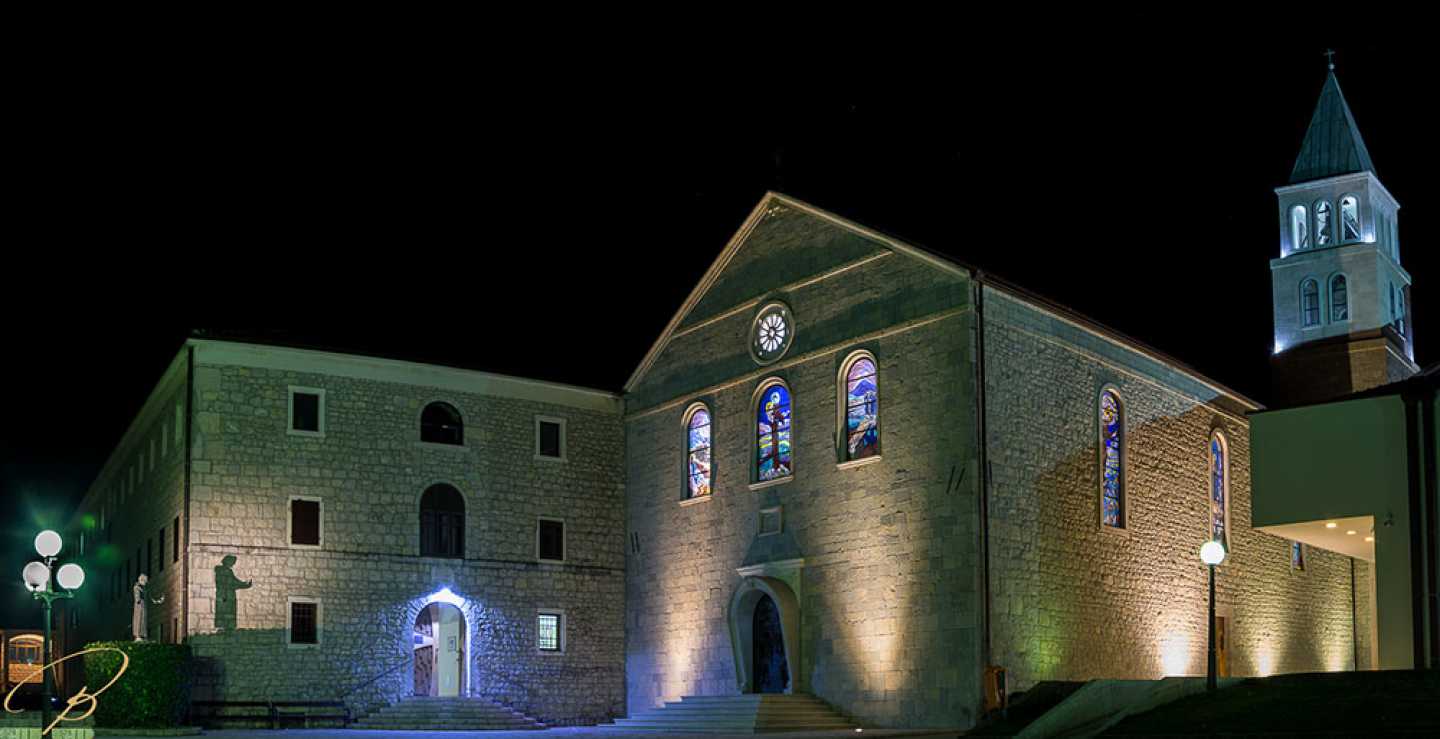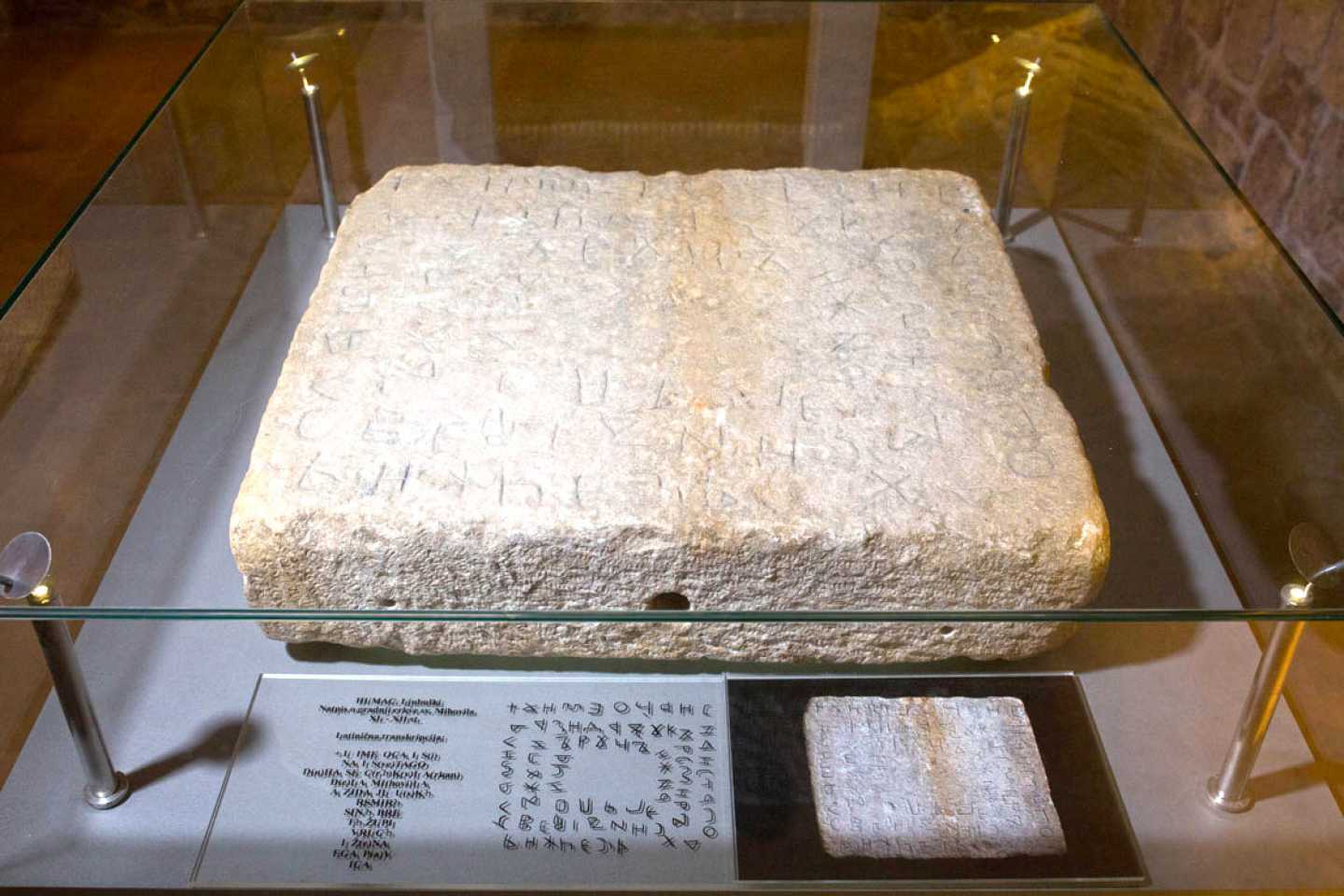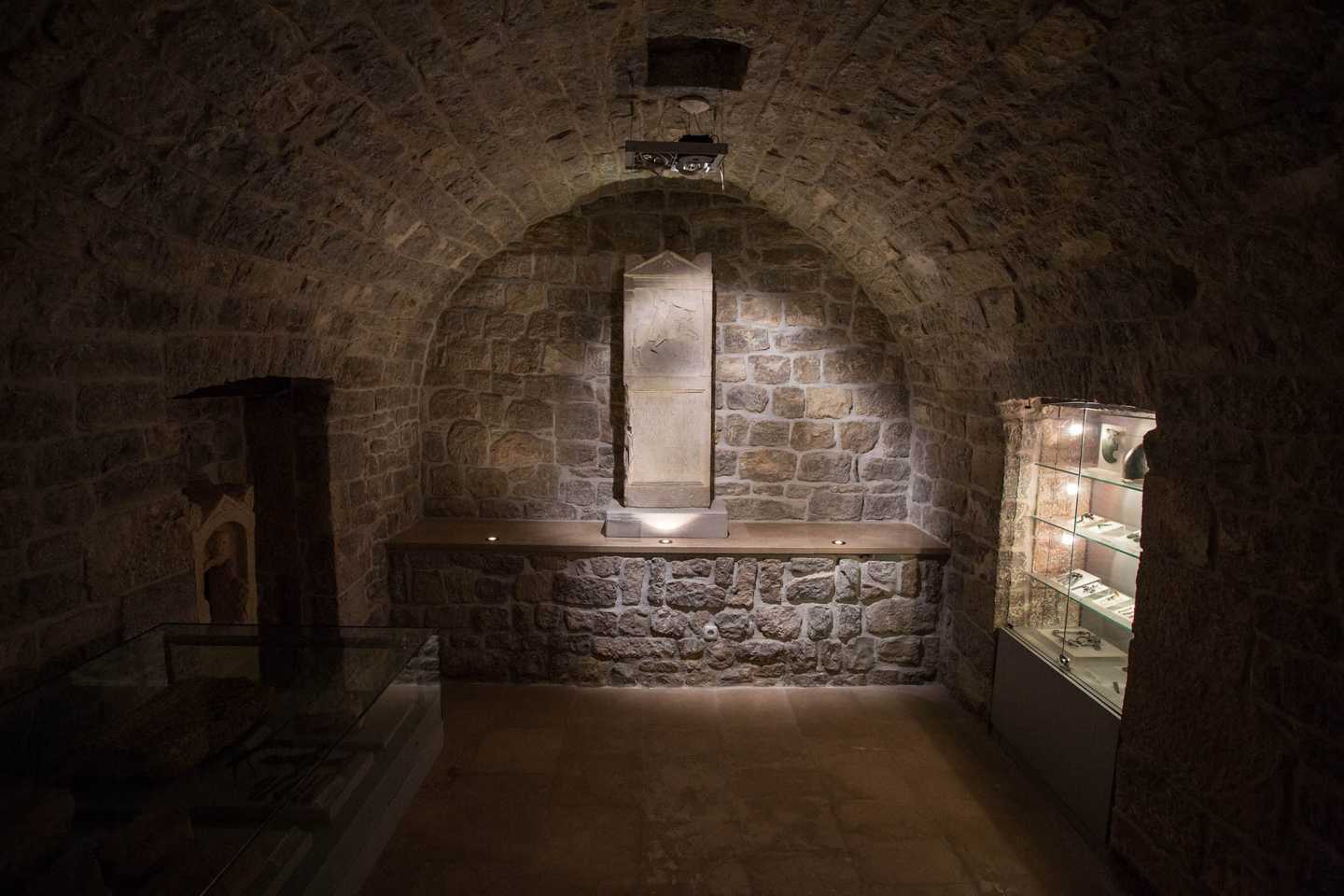The earliest prehistoric periods - Palaeolithic and Mesolithic (Old and Middle Stone Age), Neolithic (Younger Stone) and Eneolithic (Early Bronze Age) are represented only in certain clay and copper objects but their origin locations are not known. However, in the territory of Herzegovina, both western and eastern, there are several well known and researched important archeological sites belonging to these earliest prehistoric periods.
Among them, the most significant is the Badanj cave near Stolac, which belongs to the Paleolithic and Mesolithic, where the only cave drawing has been discovered in this part of Europe. In addition to Badnja, the ancient archaeological sites include Ravlić cave on the Tihaljina, Green Cave at Buna, Lisičići near Konjic, Cairi in Stolac, Hateljska cave in Dabarski polje and others. All these archaeological findings clearly show that the Herzegovina area was really intensively inhabited in the earliest prehistoric times, however, and exhibited objects, although modest in number, represent one of the proofs of human community during these periods.
Numerous objects belonging to the youngest periods of the prehistoric era are much represented: the Bronze Age and the Iron Age. Most often objects are ornaments or bronze, pieces of bronze and weapons that originate mainly from the graves of the Bronze Age and the Iron Age. Such graves in the form of large stone tombs are numerous in the whole Herzegovina, and are also connected with numerous settlement-towns, located on the prominent locations of the Herzegovinian hills. Their amount is a clear evidence of the significant dense population of Herzegovina already at the end of the prehistoric era.
Communities of that time - known under the common name Illyrians - established trade relations with important cultural centers in the Mediterranean, from where they acquired very valuable pices, some of which are represented in the museum itself. Miniature figurines of goddesses from Sovići purchased somewhere in the Mediterranean, Greco-Illyrian type helmet, containers made on a potter's wheel and such.
These contacts with the centers of the civilized world of that time led to the formation of the only settlement with city features in the territory of Herzegovina: Ošanić kod Stoca.


